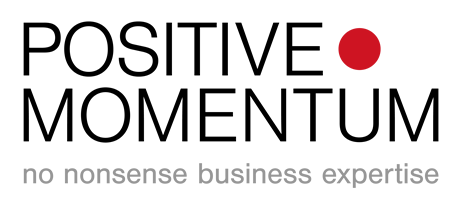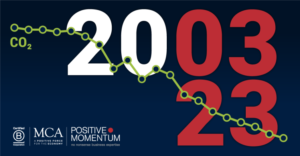There is a significant emphasis on diversity and inclusion at the moment – and rightly so, yet is technology driving us in a different direction?
Gartner predicts that by 2023, the individual activities of 40% of the global population will be tracked digitally in order to influence our behaviour – that’s more than 3 billion people! The Internet of Behaviours will challenge what it means to be human in the digital world, but this will be based on those people who have the technology, wealth, education, infrastructure and do not have some form of disability. So what about the other 60% of the population – does this mean they will miss out, or will they have a digital experience that is not tailored and is based on the behaviour of only 40% of the global population?
I was inspired by Sinead Burke (https://www.sinead-burke.com) and her recent book – “Break the Mould” – she says:
“There are so many people in this world – 7.53 billion to be exact. But there is only one of me and one of you. It’s easy to think we are not good enough, or that our nose is too big, or wish we could be more like our friends. But the world would be different without you. You are enough just as you are…”
Through her writing, public speaking, lecturing and social media, she highlights the lack of inclusivity within the fashion and design industries and consults with leaders to ensure the process of designing for, with, and by disabled people is embedded into their business model.
In our haste to embrace technology, innovation and everything ‘smart’, have we forgotten that we are all unique and have we embedded the needs of disabled people into our business model? What do we need to do in our digital transformation to make sure we are considering everyone. Ask yourself these 3 questions:
- Design – Who am I designing my digital app for – 40% of the global population or 100% of the global population? Who’s designing my app – the young, creative, able-bodied digital-native with 5 fully functional senses or someone who has very different needs?
- Non-Functional Requirements – You’ve probably considered performance and security and maybe even considered that some users may be colour blind – what if they’re blind or an amputee – can they use your shiny new app? Have you alienated a significant part of the population? In the UK alone, there are over 11 million people with a limiting long-term illness, impairment or disability[1]
- User Acceptance Testing – so technically, the digital app works and has been tested – probably by someone who was involved in the design and signed off the requirements and they’re happy (doesn’t happen that often!) are they representative of all users? Have you considered diversity and inclusion as part of the user acceptance phase?
[1] Source: Family Resources Survey 2011/12








